Get inspired to give your own kitchen a fresh look with ideas from these affordable, do-it-yourself fixes
|
1. Cabinetry refresh in New HampshireBEFORE: Although the existing cabinets in tsemdkel‘s 1975 ranch were well built, they darkened the already poorly lit space. With a quick coat of paint and a new hardwood floor, the style changed dramatically.
|
Budget: $10,000. The owner designed the space with the help of her mother, who’s an interior designer.
Location: Durham, New Hampshire
Budget: $12,000, work done entirely on her own
Location: Bristol, Maine
|
3. New paint and counter finishes in QuebecAFTER: The bones of capucine28‘s kitchen were pretty good, so she knew that she could do the cosmetic work on her own. Sanding and varnishing the cabinets and painting the knobs refreshed the space, as did a fresh coat of soft yellow paint. Scrubbing the floor tiles and cleaning the grout revealed a decent kitchen floor. But the biggest change was on the countertop, which she refinished using the Encore Countertop system for a natural cement look.New kitchen size: 11 1/2 by 14 1/2 feet
Budget: $600 CAN, work done entirely on her own Location: Gatineau, Quebec, Canada |
|
4. Simple floorplan fix in MassachusettsAFTER: Houzz user malena933 knew her kitchen needed an upgrade but she was on a tight budget. Instead of knocking everything out, she had her father carefully remove some of the cabinetry so she could turn the floorplan from a C to a more of a U shape. She repurposed almost all her cabinetry and hired a college student to help her install it in the new configuration.New paint and trim to match the original house gave the kitchen consistency.New kitchen size: 9 by 9 feet
Budget: about $10,000. The owner did all the work except electrical and plumbing. Location: Monument Beach, Massachusetts |
|
5. Empty nest revamp in TexasAFTER: As the mother of three boys and the manager of a miniature donkey ranch, Houzz usermizzyc didn’t have the time to update her kitchen until her boys were out of the house. Although she had built it in 1994 with materials meant to withstand three sons, it now felt outdated and inefficient. She got creative with materials and installation to cut down on costs. Granite was the major splurge, but tile from Home Depot and Lowe’s and a sink and faucet found online saved some serious cash.New kitchen size: 14 by 20 feet
Budget: $4,000, owner made the changes herself Location: Lufkin, Texas |
|
6. Countertop Changes in AlabamaAFTER: Houzz user pfmorgan1416 set out to redo her kitchen on her own. A DIY subway backsplash, minor carpentry changes and new hardware dressed up the space dramatically — but she was still plagued with a dark green, ’80s style laminate countertop. In the end, she decided to splurge and contract out for a new granite countertop that made a world of difference. Next up: A new, dark hardwood floor.New kitchen size: 12 by 12 feet
Budget: Done on her own over many years. The $1,500 granite countertop was biggest splurge. Location: Alabama COURTESY OF YOUR NUMBER ONE ARCADIA REAL ESTATE AGENT |

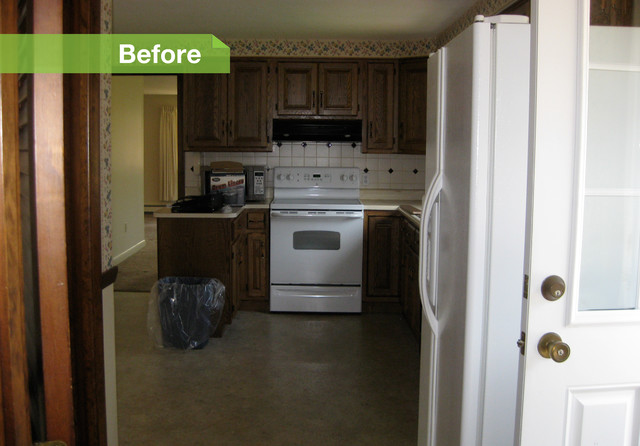
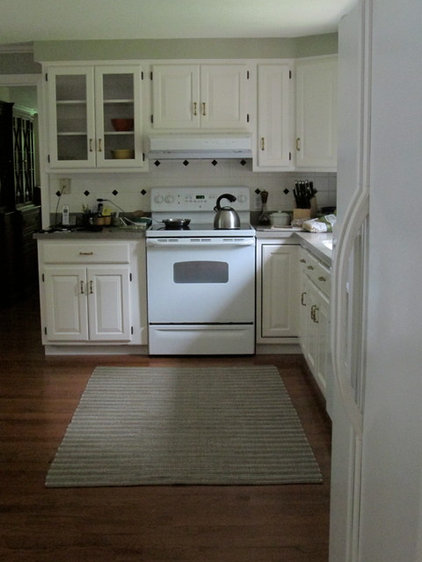
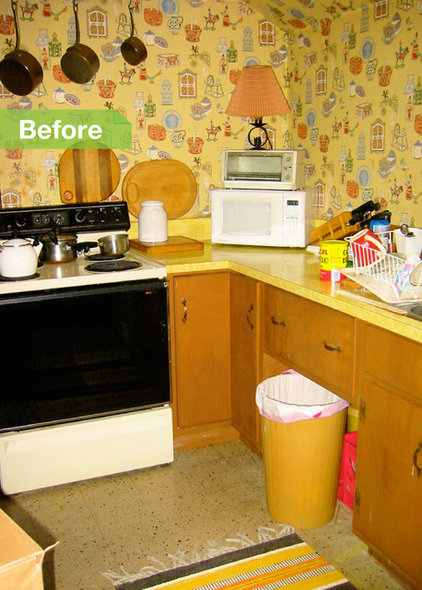
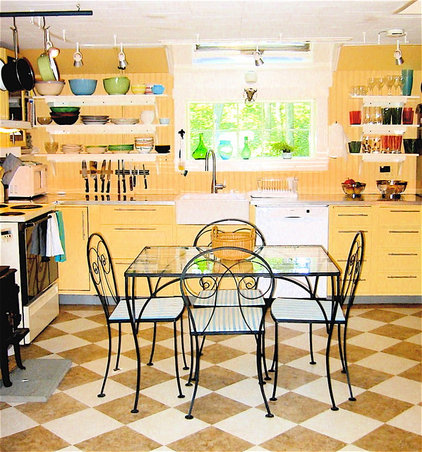
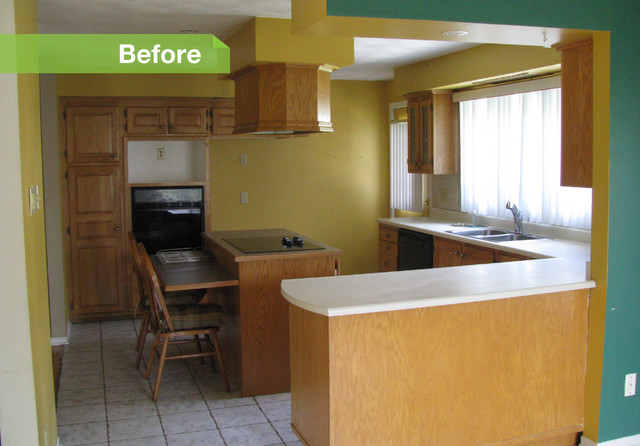
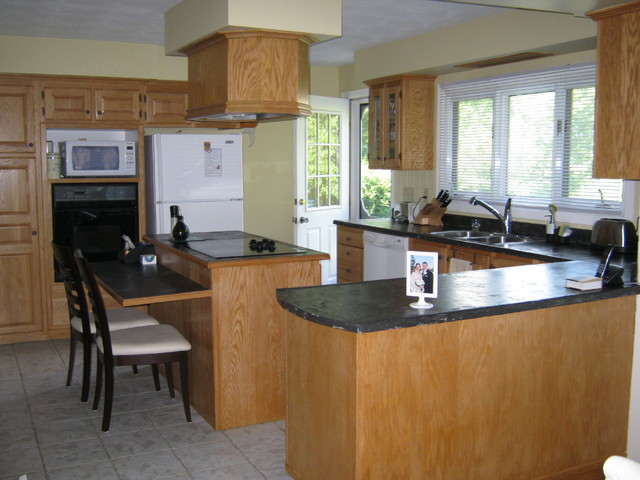
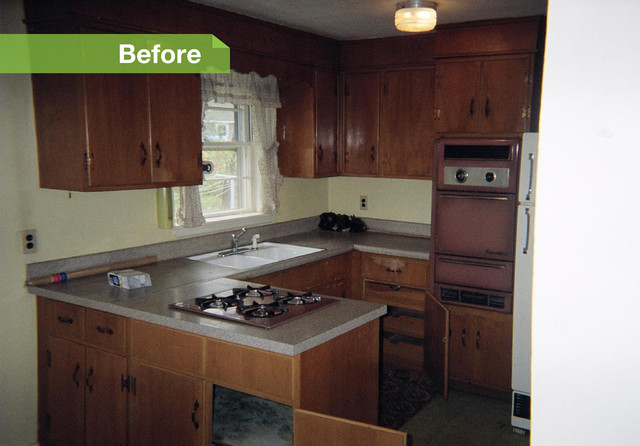
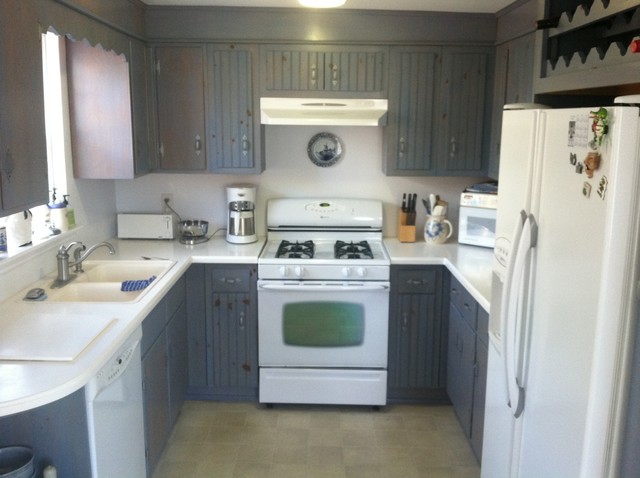
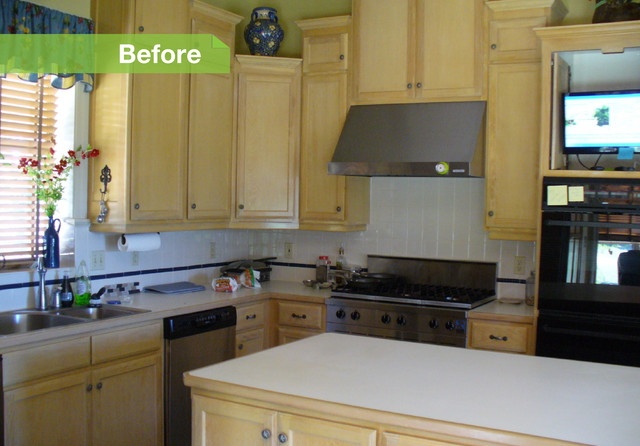
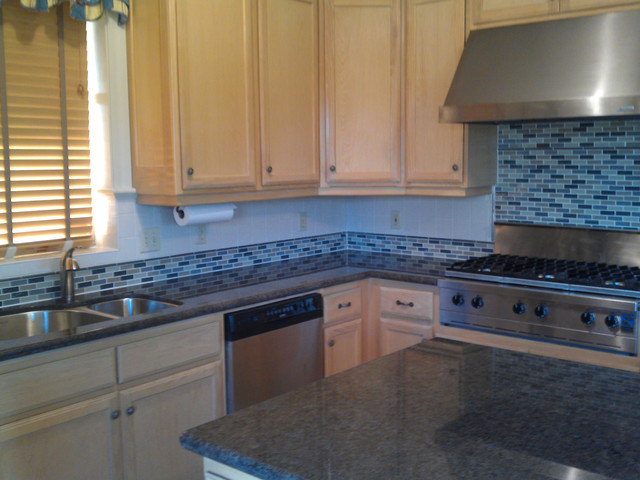
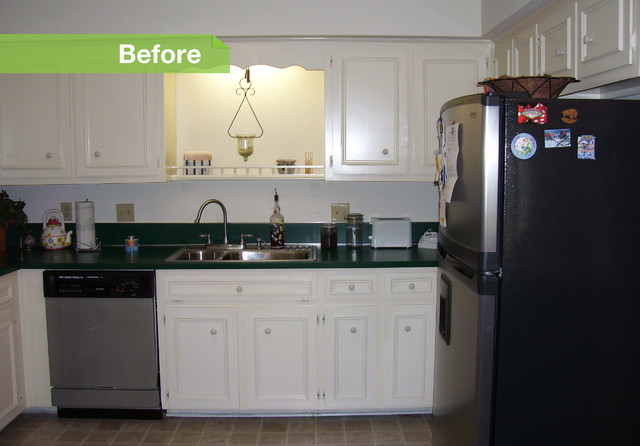
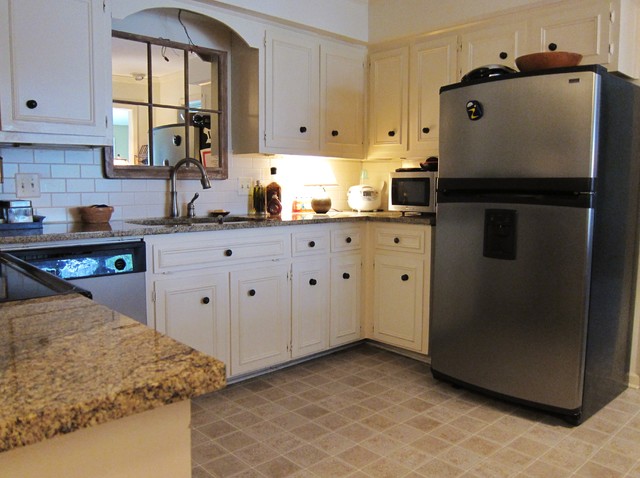




![[SB10001424052702303661904576456311199766004]](http://s.wsj.net/public/resources/images/OB-OU295_0720GL_D_20110719152648.jpg)

![[SB10000872396390443477104577551150793732914]](http://s.wsj.net/public/resources/images/OB-TX417_0727sc_D_20120726120055.jpg)







© 2013 The Peral Group